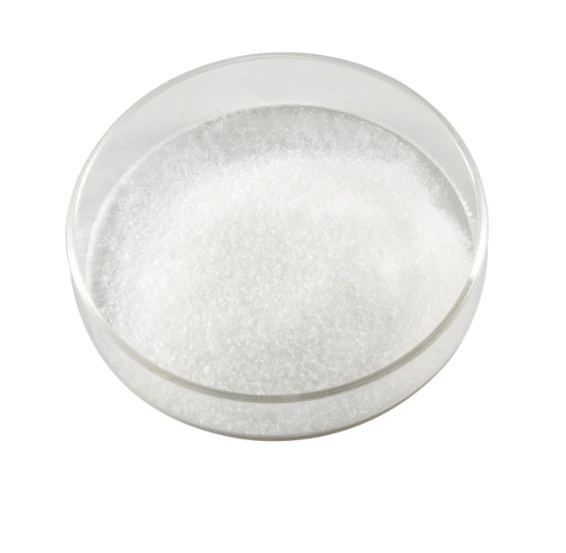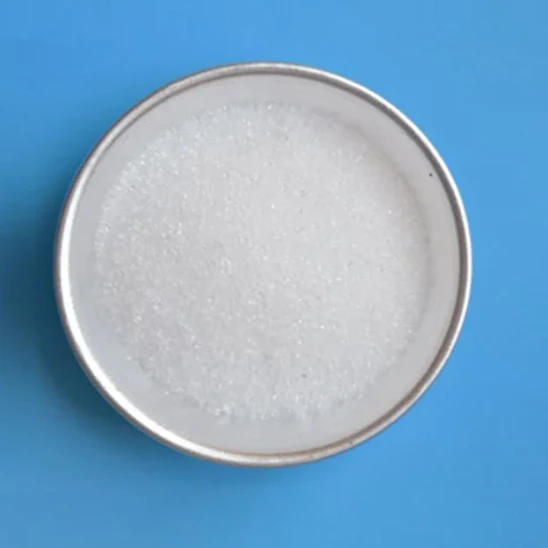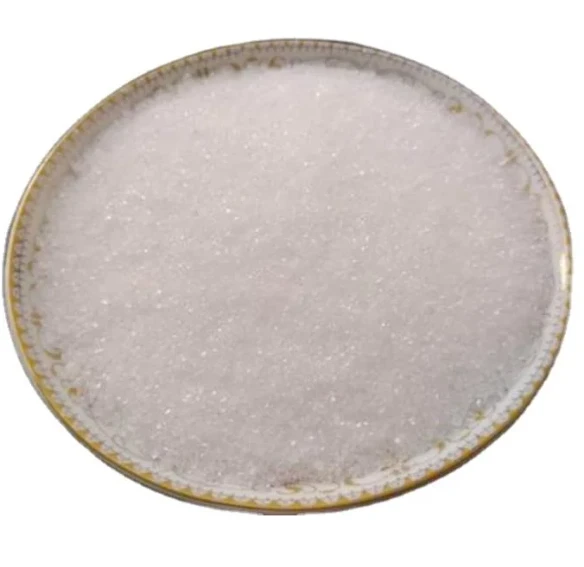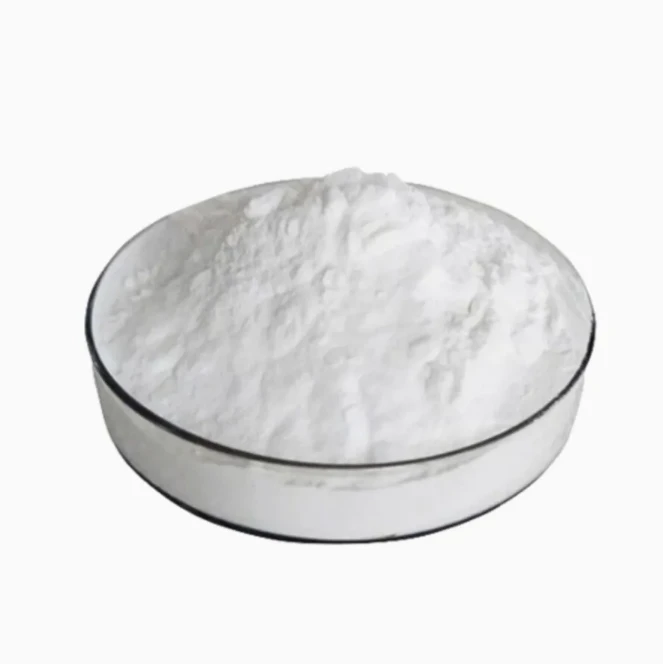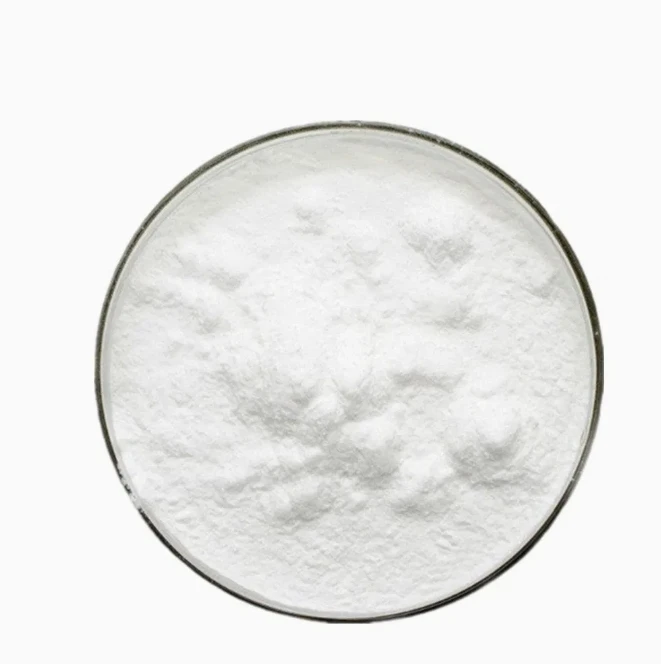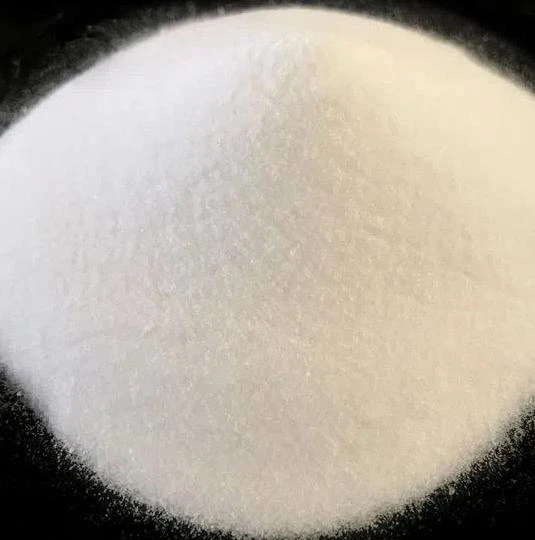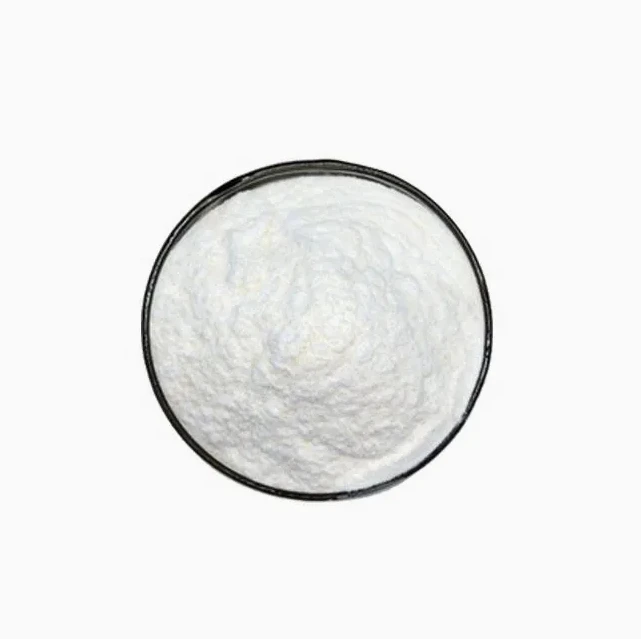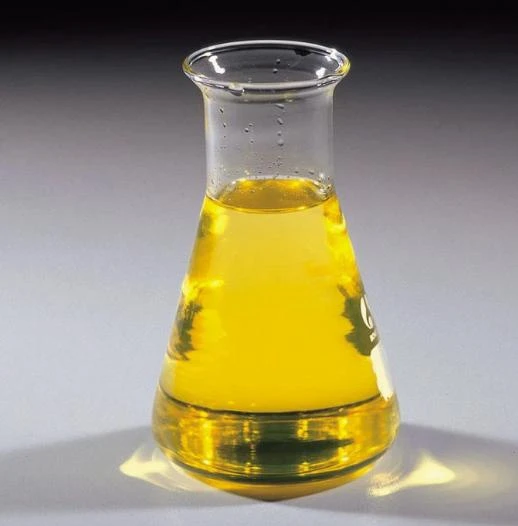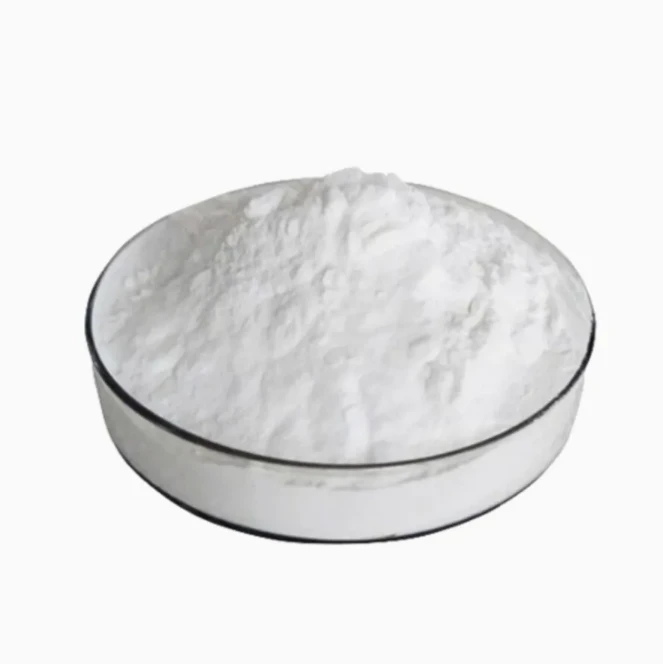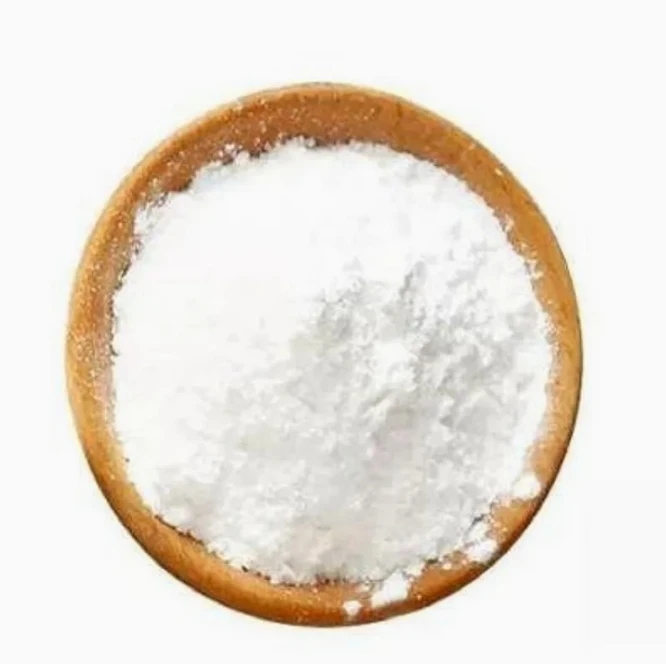Warning: Undefined array key "title" in /home/www/wwwroot/HTML/www.exportstart.com/wp-content/themes/1198/header.php on line 6
Warning: Undefined array key "file" in /home/www/wwwroot/HTML/www.exportstart.com/wp-content/themes/1198/header.php on line 7
Warning: Undefined array key "title" in /home/www/wwwroot/HTML/www.exportstart.com/wp-content/themes/1198/header.php on line 7
Warning: Undefined array key "title" in /home/www/wwwroot/HTML/www.exportstart.com/wp-content/themes/1198/header.php on line 7
- African
- ChiAlbanian
- ChiAmharic
- ChiArabic
- ChiArmenian
- Azerbaijani
- ChiBasque
- Chiberaruzi
- ChiBengali
- ChiBosnian
- ChiBulgarian
- Katarani
- Cebuano
- China
- China (Taiwan)
- Kosikeni
- ChiCroatian
- ChiCzech
- ChiDanish
- ChiDutch
- Chirungu
- Esiperando
- ChiEstonian
- ChiFinish
- ChiFrench
- Frisian
- ChiGalician
- ChiGeorgian
- ChiJerimani
- ChiGiriki
- ChiGujarati
- Kiriyoro yeHaiti
- ChiHausa
- Chihawayi
- ChiHebhuru
- kwete
- Miao
- ChiHungarian
- ChiIcelandic
- igbo
- ChiIndonesian
- ChiIrish
- ChiItalian
- ChiJapanese
- ChiJavanese
- ChiKannada
- Kazaki
- Khmer
- Rwandan
- ChiKorean
- ChiKedhi
- Kiyagizi
- TB
- Ratini
- ChiLatvian
- Ritunia
- Rukusembogi
- ChiMacedonian
- Malgashi
- ChiMalay
- ChiMalayalam
- ChiMaltese
- Maori
- ChiMarati
- ChiMongoria
- Mayanima
- ChiNepali
- ChiNorwegian
- ChiNorwegian
- Occitan
- Pashito
- ChiPersian
- ChiPolish
- ChiPutukezi
- Punjabi
- ChiRomanian
- ChiRussian
- Samoan
- ChiGaelic cheScottish
- ChiSebhiya
- Chirungu
- Shona
- ChiSindhi
- Sinhala
- ChiSlovak
- ChiSlovanian
- Somari
- ChiSpanish
- Sundanese
- ChiSwahili
- ChiSwedish
- ChiTagalog
- Tajik
- ChiTamil
- Tatar
- ChiTelugu
- ChiThai
- Turkish
- ChiTeki
- Ukrainian
- Urdu
- Uighur
- Uzbek
- Vietnamese
- Welsh
- Help
- Yiddish
- Yoruba
- Zulu
D-Tartaric Acid
There are three stereoisomers of tartaric acid: dextrose tartaric acid, levophyllic acid and meso tartaric acid. The optical rotation of the mixture of the same amount of dextrorotatory and levorotism is mutually offset, known as racemic tartaric acid. The mesomer does not exist in nature and can be synthesized chemically. Various tartaric acids are colorless crystals that are easily soluble in water.

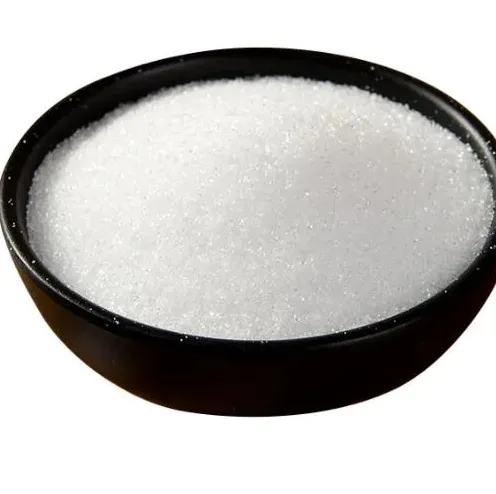

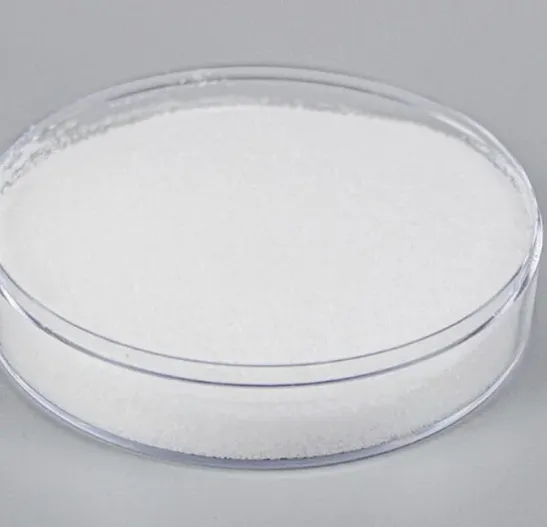
Food Industry
- As acidifier and natural preservative for marmalades, ice cream, jellies, juices, preserves, and beverages.
- As effervescent for carbonated water.
- As emulsifier and preservative in the bread-making industry and in the preparation of candies and sweets.
Oenology: Used as an acidifier. Used in musts and wines to prepare wines that are more balanced from the point of view of taste, the result being an increase in their degree of acidity and a decrease in their pH content.
Pharmaceuticals Industry : Used as an excipient for the preparation of effervescent tablets.
Ponstruction Industry : Used in cement, plaster, and plaster of Paris to retard drying and facilitate the handling of these materials.
Cosmetics Industry :Used as a basic component of many natural body crèmes.
D-(-)-tartaric acid is widely used as an acidizing agent for beverages and other foods, and this use is similar to citric acid. Tartaric acid can be used as an acid dye mordant when it is combined with tannin. It is also used for some development and fixing operations in the photographic industry. Its iron salts are photosensitive and therefore they can be used to make blueprints. Tartaric acid could complex with a variety of metal ions, and it could be used for cleaning agent and polishing agent of metal surface. Potassium tartrate (Rochelle salt) can be used to prepare Fehling reagent, and it is also used as as laxatives and diuretics in medicine. In addition, it is also used as an intermediate of quinophan. The crystal has piezoelectric properties, so it could be used for the electronics industry.
It is used as a chromatographic reagent and masking agent.
It is used as resolving agent of medicine and as biochemical reagent. This product is widely used in food industry, such as beer foaming agent, food sour agent, flavoring agent. And it is also used for refreshing drinks, candy, fruit juice, sauce, cold dishes and baking powder. This product is in line with the Japanese food additives certificate.
It is used as chiral source and resolving agent for chiral synthesis.
Tine mafekitori akawanda emhando yepamusoro nekubatana kwakadzama, ayo anogona kukupa zvigadzirwa zvemhando yepamusoro nemitengo yemakwikwi. Uye isu tinogonawo kupa zvidzikiso pakutenga kwakawanda. Uye isu tinobatirana nemakambani mazhinji ehunyanzvi ekutakura zvinhu, anogona kuendesa zvigadzirwa zvakachengeteka uye zvakanaka kumaoko ako. Nguva yekutumira inenge 3-20 mazuva mushure mekusimbiswa kwekubhadhara.
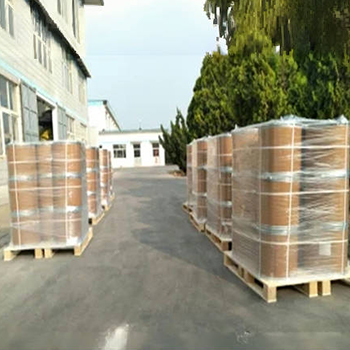
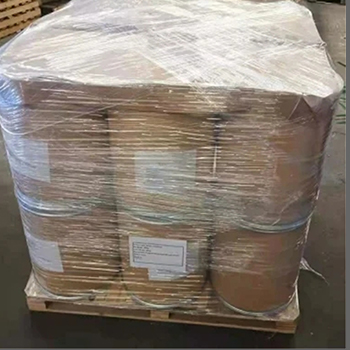


|
Item
|
Zvinotsanangurwa
|
Results
|
|
Description
|
White crystals or white powder
|
White crystals or white powder
|
|
Specific Rotation
[alpha/20/D] |
-12~-12.8
|
-12.22
|
|
Sulphate(SO4)
|
≤0.05%
|
≤0.01%
|
|
Heavy metals(pb)
|
≤0.001%
|
<0.0006%
|
|
Residue on ignition
|
≤0.1%
|
0.039%
|
|
Loss on drying
|
≤0.5%
|
0.17%
|
|
Assay
|
≥99%
|
99.85%
|
|
Optical purity(ee value)
|
≥99.0%
|
99.80%
|
|
Clarity test
|
In accordance with the standard of experiment
|
Qualified
|
|
Arsenic(As)
|
0.0003 max
|
|
|
Chloride (Cl)
|
0.01 max
|
|
|
Solubleness
|
Pass test
|
|
Colorless crystals or white powder without odor,with sour taste,stable in air,compound of equal quantity of dextro-rotatory and levo-rotatory tartaric acid,containing one or two molecule crystalline water and losing water when heated to 100°C,specific gravity 1.697.
D(-)-tartaric acid is an important chiral pool of 4 carbon atoms. With the rapid development of chiral pharmaceuticals, chiral additives and chiral auxiliaries, D(-)-tartaric acid is more and more widely used in pharmaceuticals and food industry. It is also used as chiral pool or resolving agent for chiral synthesis.
When D(-)-tartaric acid or its derivatives is used to resolve amino acid, it has some advantages such as high reaction speed, high resolution ratio, and during the period of resolution, the dynamic process can be controlled and can oblige the amino acid to transform to the target configuration. So the yield always reaches 80%. Furthermore, D(-)-tartaric acid is easy to retrieve after resolution. The optical purity of the product is high and e.e% value can reach 99.9%.
In addition, D(-)-tartaric acid has also been widely used in synthesizing and manufacturing many kinds of chiral food additives including the resolution of a new functional nutriment -- L-carnitine, and some chiral pharmaceuticals.

1. Iwe uri fekitori kana kambani yekutengesa?
Isu tiri compnay inobatanidza indasitiri nekutengeserana, ichipa one-stop service.OEM inogona kugamuchirwa.
2. Unopa mienzaniso here? Ndeyemahara here kana kuti yakawedzerwa?
Masampuli emahara. Mari yekutakura yemuyesheni inoda kubhadharwa parutivi rwako.
3. Iwe une chero zvitupa zvine chekuita nekutonga kwemhando?
ISO 9001:2008 certification kuti ive nechokwadi chemhando.
4. Chii chandinofanira kupa kuti ndiwane quotation?
Pls inotizivisa nezverudzi rwechigadzirwa chaunoda, huwandu hwekuraira, kero uye zvakananga zvinodiwa.The quotation ichaitwa kuti utarise nguva yako.
5. Ndeipi nzira yekubhadhara yaunoda? Ndeapi mazwi anogamuchirwa?
Mitemo Yekutumira Inogamuchirwa: FOB, CFR, CIF, EXW;
Mari Yekubhadhara Yakagamuchirwa: USD;
Rudzi rwekubhadhara rwakagamuchirwa: T / T, Western Union; Paypal, Trade Assurance.
Mutauro Unotaurwa:Chirungu.
Zvigadzirwa zvikamu
-
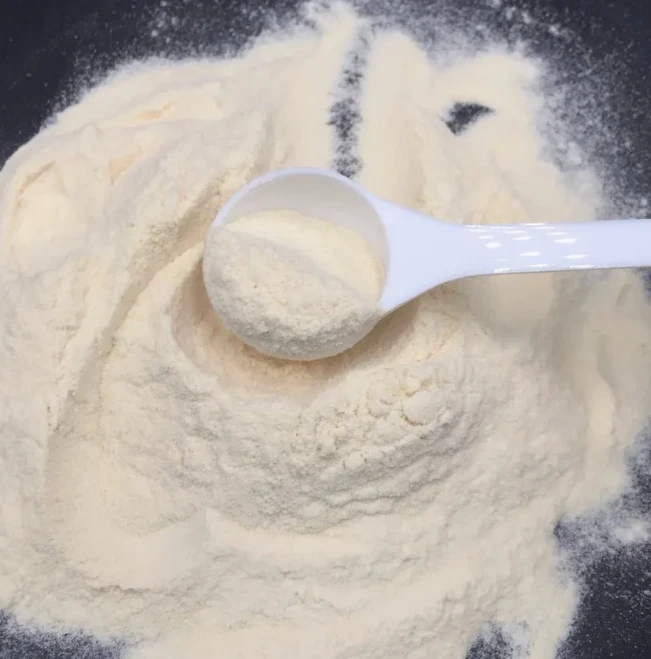 Jun . 06, 2025Xanthan Gum Replacement and Powder InsightsReplacing xanthan gum, understanding xanthan gum gum properties, and selecting high-quality xanthan gum powder are critical considerations for food manufacturers and formulators.
Jun . 06, 2025Xanthan Gum Replacement and Powder InsightsReplacing xanthan gum, understanding xanthan gum gum properties, and selecting high-quality xanthan gum powder are critical considerations for food manufacturers and formulators. -
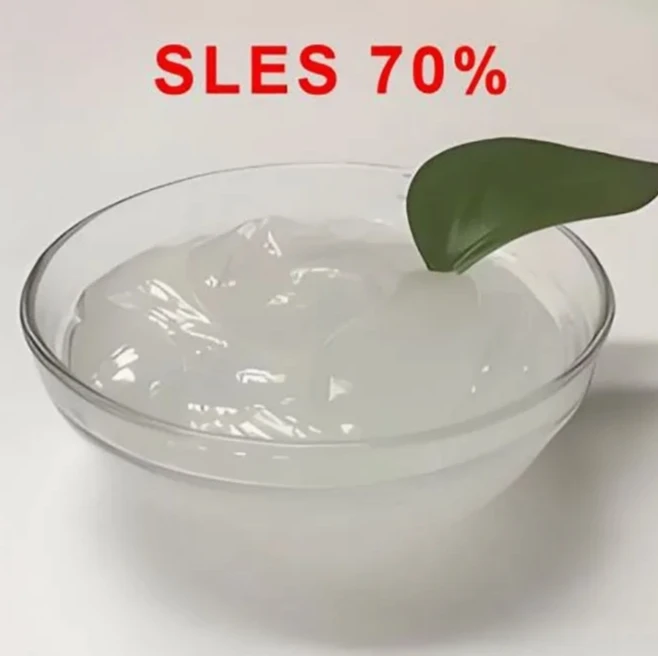 Jun . 06, 2025Exploring SLES 70 in DepthSles 70, sodium lauryl ether sulfate 70, and sodium lauryl sulfate 70 are among the most widely used surfactants in personal care and cleaning product formulations.
Jun . 06, 2025Exploring SLES 70 in DepthSles 70, sodium lauryl ether sulfate 70, and sodium lauryl sulfate 70 are among the most widely used surfactants in personal care and cleaning product formulations. -
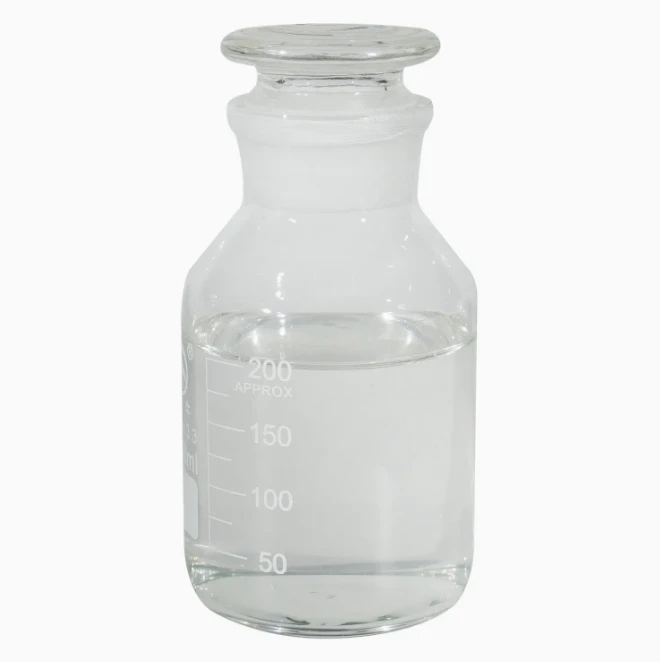 Jun . 06, 2025E1520 Propylene Glycol Uses and Consumption PatternsE1520 propylene glycol, commonly known as propylene glycol, is a versatile chemical compound with extensive applications across multiple industries.
Jun . 06, 2025E1520 Propylene Glycol Uses and Consumption PatternsE1520 propylene glycol, commonly known as propylene glycol, is a versatile chemical compound with extensive applications across multiple industries.




